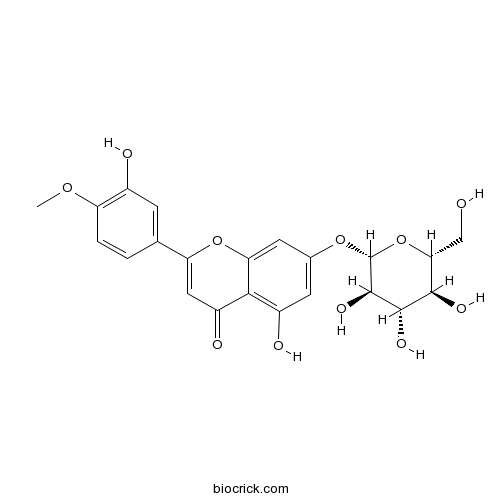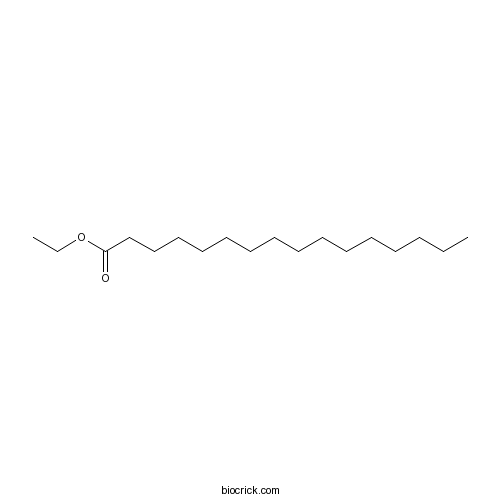Pilea sinofasciata
Pilea sinofasciata
1. The products in our compound library are selected from thousands of unique natural products; 2. It has the characteristics of diverse structure, diverse sources and wide coverage of activities; 3. Provide information on the activity of products from major journals, patents and research reports around the world, providing theoretical direction and research basis for further research and screening; 4. Free combination according to the type, source, target and disease of natural product; 5. The compound powder is placed in a covered tube and then discharged into a 10 x 10 cryostat; 6. Transport in ice pack or dry ice pack. Please store it at -20 °C as soon as possible after receiving the product, and use it as soon as possible after opening.
Natural products/compounds from Pilea sinofasciata
- Cat.No. Product Name CAS Number COA
-
BCN5328
Diosmetin-7-O-beta-D-glucopyranoside20126-59-4
Instructions

-
BCN8298
Palmitic acid ethyl ester628-97-7
Instructions

Uptake and accumulation of phosphorus by dominant plant species growing in a phosphorus mining area.[Pubmed: 19608342]
Phosphorus accumulation potentials were investigated for 12 dominant plant species growing in a phosphorus mining area in Shifang, as well as their corresponding non-mining ecotypes growing in Ya'an, China. High phosphorus concentrations were observed in the seedling and flowering stages of two species, Pilea sinofasciata and Polygonum hydropiper, up to 16.23 and 8.59 g kg(-1), respectively, which were 3.4 and 7 times higher than in the non-mining ecotypes. Available phosphorus levels in the respective rhizosphere soils of these plants were 112.84 and 121.78 mg kg(-1), 12 and 4 times higher than in the non-rhizosphere soil. Phosphorus concentrations in shoots of the mining ecotypes of all 12 species were significantly negatively correlated with available phosphorus in the rhizosphere soils (p<0.05), whereas a positive correlation was observed in the non-mining ecotypes. The biomass in shoot of the mining ecotype of P. hydropiper was nearly 2 times that in the non-mining ecotype. The results suggested that P. sinofasciata and P. hydropiper were efficient candidates among the tested species for phosphorus accumulation in shoots, and that further studies should be conducted to investigate their potential to be adopted as phosphorus accumulators.


